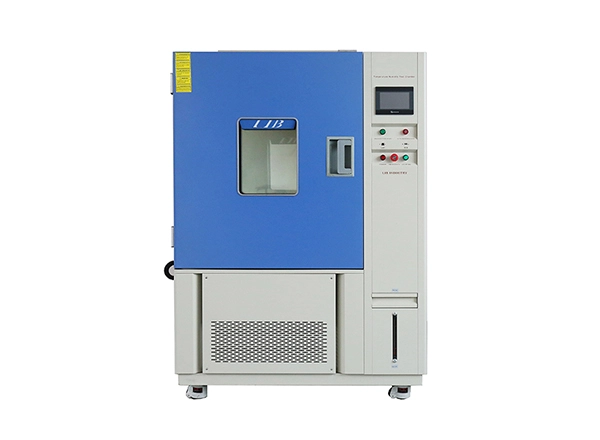

UV test chambers play a crucial role in various industries, aiding in simulating the harmful effects of ultraviolet radiation on materials. These chambers are specifically designed to conduct UV aging and weathering tests, replicating the damaging effects of sunlight and weather conditions on products.
One of the key types of tests conducted in UV test chambers is UV aging. This test helps analyze how materials age and degrade when exposed to UV radiation. By subjecting products to controlled UV exposure, manufacturers can accurately assess the lifespan and durability of their materials, ensuring their products meet the highest quality standards.
UV weathering tests, on the other hand, focus on the impact of weather conditions on materials. These tests simulate harsh weather conditions such as rain, heat, and humidity, combined with UV exposure. This enables manufacturers to evaluate the performance of their products under real-life weathering conditions, helping them develop products that can withstand the toughest environments.
Accelerated weathering chambers are another type of UV test chamber that allows manufacturers to speed up the aging and weathering process. By subjecting materials to intense UV radiation, high temperatures, and humidity, these chambers provide faster and more accurate results. This helps manufacturers save time and resources, ensuring their products are thoroughly tested before reaching consumers.
In conclusion, UV test chambers, including UV aging test chambers, UV weathering test chambers, and accelerated weathering chambers, are essential tools that help industries assess the durability and performance of their products. By incorporating these chambers into their testing processes, manufacturers can ensure their products meet the highest quality standards and deliver exceptional performance in real-life conditions.
 English
English русский
русский français
français العربية
العربية Deutsch
Deutsch Español
Español


